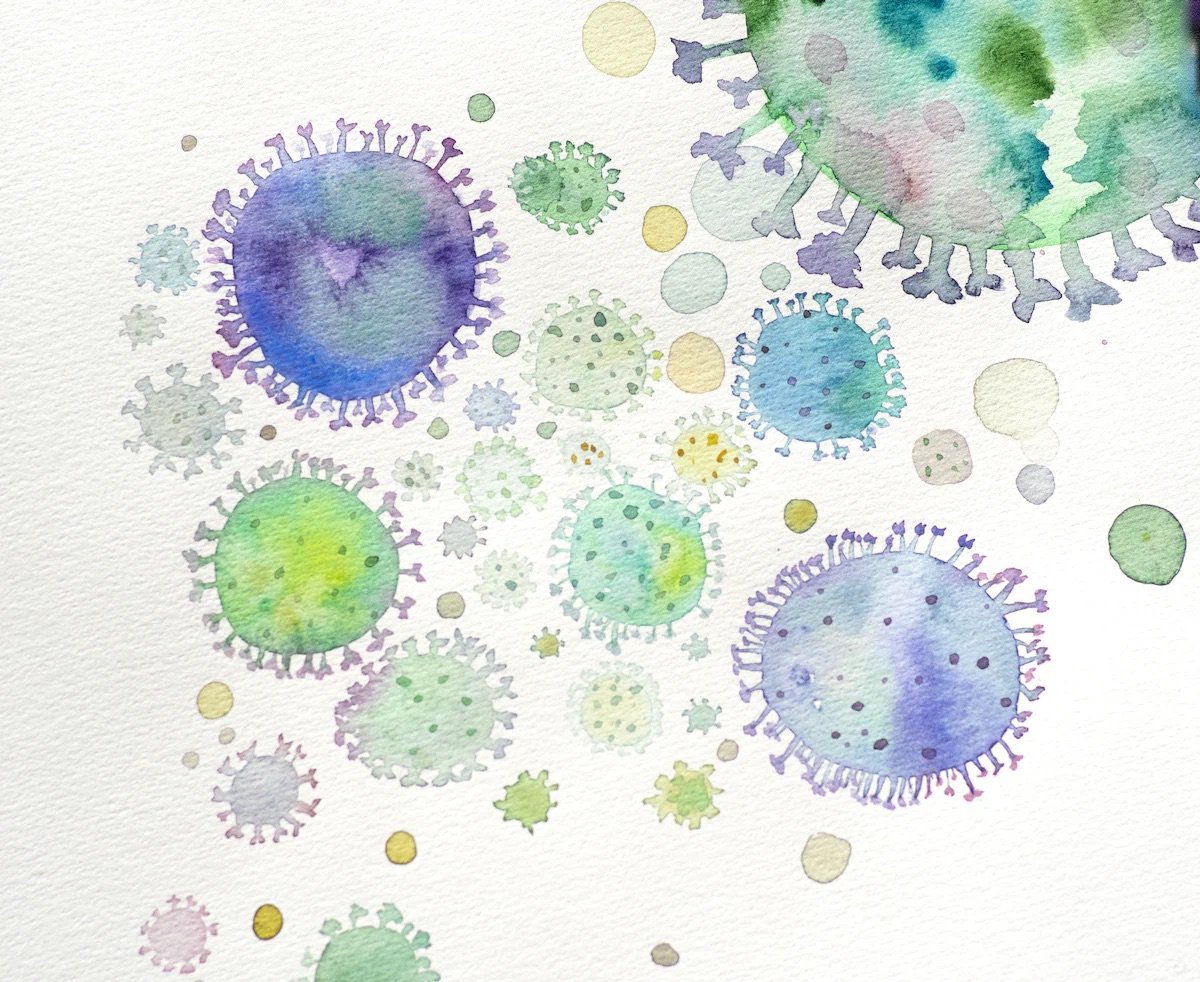
A 99.9% Survival Rate?! How to Understand Disease Calculations and Interpretations
If I think back to when the pandemic first started, I remember being surprised when I started hearing so many people use epidemiologic terminology such as mortality rate, survival rate, and more. In my home, we talk about public health ALL THE TIME. Dinner table discussions about the burden of disease, access to care, and brainstorming innovative public health solutions are common. In fact, just for fun, my oldest son and I would draw epi maps of disease distribution and calculate R0 as we learned more and more about COVID-19.
As the pandemic continued, I quickly realized that even though public health terminology was being thrown around, we were not speaking the same language as I heard so many calculations and analyses misinterpreted. Mortality rate was the calculation I heard misrepresented most often. Did you ever hear someone say that COVID has a 0.1041% death rate? Or did you ever hear the opposite of that, which was presented as COVID has a 99.8959% survival rate? I heard those so often! I remember the first time I heard a news channel interview physicians who were stating that COVID has a 99.89% survival rate, and I was in utter shock! As news with incorrect biostatistical calculations began to spread, the questions started rolling in from family, friends, students, and colleagues…

Motives and Metrics: Steps to Clarify Public Health Information
Is this real? Can I believe this? How do I know if this public health information is true? I honestly can’t even count how many times I have been asked those questions about public health news articles, preliminary research studies, memes, videos, and social media posts. The pandemic ignited a desire in most people to learn about what was going on, but theories, ideas, and crazy information started to flood the internet faster than public health education.